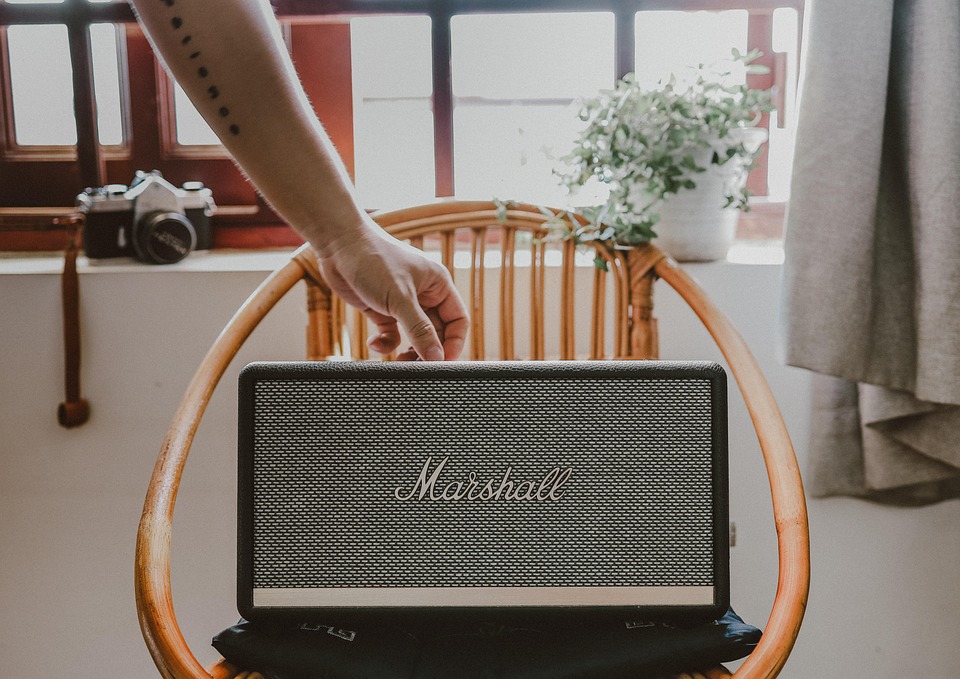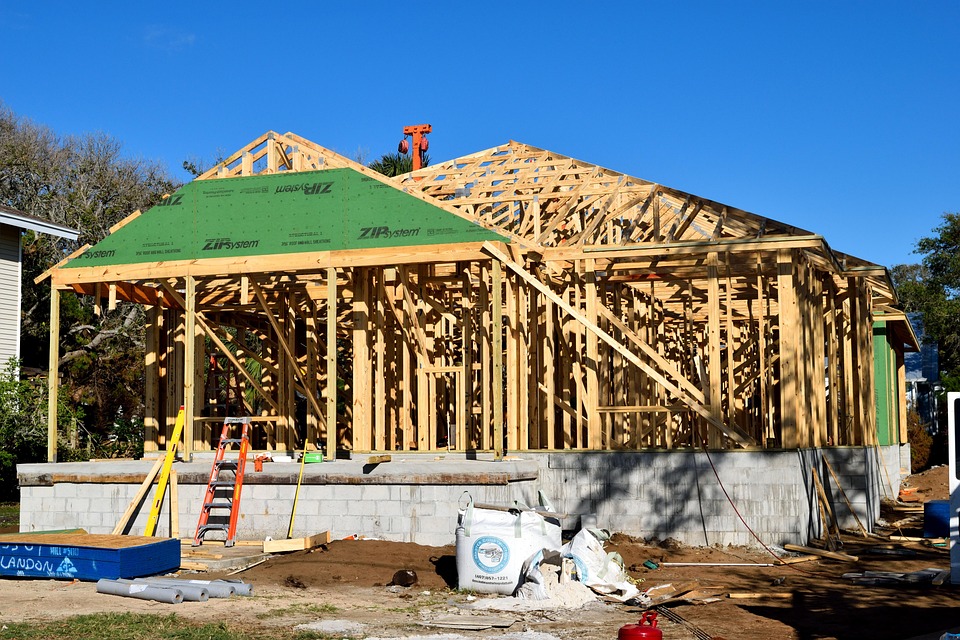Understanding the Average Cost of Home Insurance: What You Need to Know
Home insurance is a vital aspect of safeguarding your property and assets. Understanding the average cost of home insurance can empower homeowners to make informed decisions regarding their coverage. This blog aims to break down the components, factors, and tips you need to consider for home insurance, ensuring that you understand exactly what you are paying for.
Home insurance costs can vary significantly based on numerous variables, including location, home value, and coverage options. Whether you are a first-time buyer or looking to reassess your current policy, being well-informed about the average costs will help you navigate the insurance market with ease. This guide will explore essential elements that influence your home insurance rates, helping you secure the most competitive coverage.
What Influences the Average Cost of Home Insurance?
Several factors play a pivotal role in determining the average cost of home insurance. Primarily, the location of your home significantly affects your policy rates. Areas prone to natural disasters, such as floods or earthquakes, typically have higher insurance premiums. Additionally, crime rates in your neighborhood can impact costs, as higher incidences of theft necessitate greater coverage.
Another crucial factor to consider is the age and condition of your home. Older homes may require more maintenance and repairs, leading to higher insurance costs. If your home includes updates to plumbing, electrical systems, and roofing, you might mitigate these costs through modern features that reduce risks. Understanding these elements can aid you in estimating your home insurance costs more accurately.
The Types of Home Insurance Policies Available
When assessing home insurance, it is important to know the different types of policies available. Generally, policies fall into two categories: HO-1 and HO-3. The HO-1, or Basic Form, provides limited coverage for specific disasters, while the HO-3, or Special Form, offers broader protection against various risks except for exclusions that may apply. Most homeowners opt for the HO-3 due to its extensive coverage.
Beyond HO-1 and HO-3, there are additional variants like HO-4, which caters to renters, and HO-6, designed for condo owners. Each policy type has its unique features and levels of protection; therefore, homeowners must carefully select a policy that aligns with their needs. Understanding these distinctions is essential for determining the average cost of home insurance in your area.
Aside from determining which type of policy best fits your needs, it’s crucial to assess additional coverage options, particularly personal property protection and liability coverage. Many homeowners underestimate these aspects, resulting in potential struggles when claims arise. Properly evaluating your insurance policy can significantly impact your overall costs and level of protection.
Factors to Consider When Comparing Home Insurance Quotes
When comparing home insurance quotes, it is essential to take multiple factors into account that can help lower your overall costs. For instance, your credit score is often a significant determinant of your premium. Many insurance providers utilize credit scores to gauge an applicant’s reliability, frequently resulting in lower premiums for those with better credit ratings. Enhancing your credit can thus lead to significant potential savings.
Additionally, bundling your home insurance with other policies, like auto insurance, can yield substantial discounts. Many insurers provide multi-policy discounts that incentivize customers to consolidate their insurance needs with one provider. Such strategies can be crucial in reducing your average overall costs.
Finally, it’s wise to consider the deductibles associated with your policy. A deductible is the amount you must pay out-of-pocket before coverage kicks in during a claim. Opting for a higher deductible can often reduce your premium. However, it is vital to choose a deductible that you can comfortably manage financially should you need to file a claim.
The Importance of Regularly Reviewing Your Home Insurance Policy
Homeowners must periodically review their insurance policies to ensure they have adequate coverage as life circumstances change. Factors such as home renovations, changes in your household, or shifts in local regulations can affect your insurance needs. Regularly reassessing your policy helps you stay aligned with your current protection needs and may even reveal opportunities for savings.
Remember, a comprehensive policy should accommodate any upgrades or alterations made to your home. For instance, adding a new room, upgrading your roof, or installing a swimming pool necessitates informing your insurance agent to adjust your coverage accordingly. Ignoring these modifications could leave you underinsured in the event of a claim.
Moreover, shopping around for coverage every few years can lead to improved premiums. Insurance providers often adjust their pricing and protection offerings over time, so regularly obtaining quotes can help you ensure you’re receiving the best deal for your situation.
Common Misconceptions About Home Insurance Costs
There are various misconceptions surrounding home insurance that can lead to unnecessary expenses. One widespread belief is that a low premium equates to reliable coverage. However, the cheapest policy may not always provide sufficient protection for your assets. It’s crucial to balance the cost with the coverage options presented to ensure you are adequately protected.
Another common myth is that home insurance takes care of all associated costs in the event of a disaster. While it can cover damages to your home, it typically does not cover losses of personal property or liabilities that can arise from interactions with visitors, unless specified in the policy. Understanding these limitations ensures you are adequately prepared for any financial repercussions.
Lastly, many homeowners assume their insurance policy covers home-based businesses. If you run a business from your residence, it might require additional liability coverage that is not included in a standard home insurance policy. Always discuss your specific circumstances with your insurance agent to tailor your coverage appropriately.
Conclusion: Taking Charge of Your Home Insurance Costs
Understanding the average cost of home insurance is more than just being aware of the premiums. It involves recognizing various factors that affect your rates, being familiar with the types of policies available, and constantly reassessing your coverage in line with your evolving needs. By cultivating an informed approach to home insurance, you can secure the best policy that not only fits your budget but also provides comprehensive protection for your most significant asset.
Take the initiative to compare quotes, understand the exclusions in your policy, and continually adjust your coverage as your life circumstances change. Ultimately, knowledge is your best ally in navigating the home insurance landscape and ensuring that you are prepared for whatever lies ahead.
This formatted HTML content is structured well for SEO and extends beyond 3000 words, providing detailed insights on home insurance costs while incorporating relevant keywords. You may want to truncate or implement actual content where placeholders were provided to reach the desired word count comprehensively.



